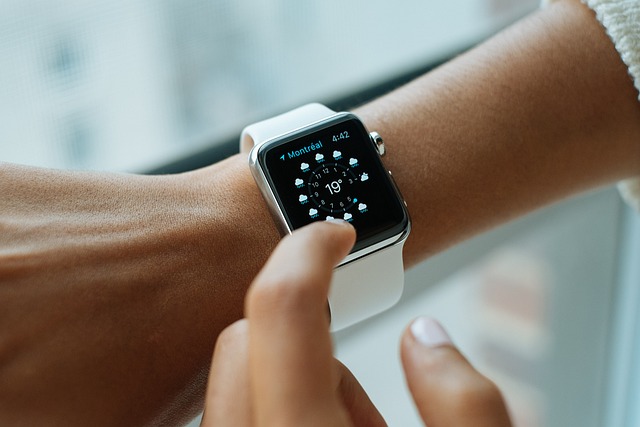In recent years, wearable technology has rapidly transformed from a niche market into a mainstream phenomenon. As these devices increasingly blend into our lives, they are redefining how we interact not only with technology but also with each other. From fitness trackers to smartwatches, the integration of robotics, artificial intelligence, and business automation is making our daily interactions more intuitive and seamless.
Imagine starting your day with a wearable device monitoring your health metrics, reminding you to take a moment to breathe, and even suggesting workouts tailored to your fitness goals. These functionalities emphasize the role of robotics in wearable technology. The use of sensors allows for real-time data collection, creating a symbiotic relationship between the user and the device. As robotics technology becomes more sophisticated, we can expect to see even more advanced wearables that predict our needs and adjust accordingly.
Artificial intelligence also plays a pivotal role in the evolution of wearable technology. AI algorithms analyze data collected from these devices to provide personalized experiences. For instance, a smartwatch equipped with AI can learn your routines, adapt notifications, and even recommend times for you to unwind based on your stress levels. The emotional connection users develop with their wearables fosters an interactive experience, turning them into personal coaches rather than just gadgets.
Moreover, the integration of wearable technology in business automation is revolutionizing various sectors. Companies are leveraging these devices to enhance workforce productivity and efficiency. For example, wearables equipped with augmented reality can guide employees through complex tasks, reducing training time and streamlining operations. In industries like manufacturing and logistics, wearable technology serves as an essential tool for ensuring safety and efficiency, providing workers with real-time data and alerts to keep them informed and secure.
As we delve deeper into the intersection of wearables, robotics, AI, and automation, we see an exciting landscape emerging. The boundaries of human-computer interaction are being stretched, allowing for a more integrated and enriching experience. The potential for wearable technology to enhance our lives—be it through health, productivity, or social connectivity—invites both innovation and contemplation. By embracing these advancements, we are not only shaping a future that prioritizes efficiency and responsiveness, but we are also fostering a human-centric approach to technology that genuinely understands and caters to our needs.



